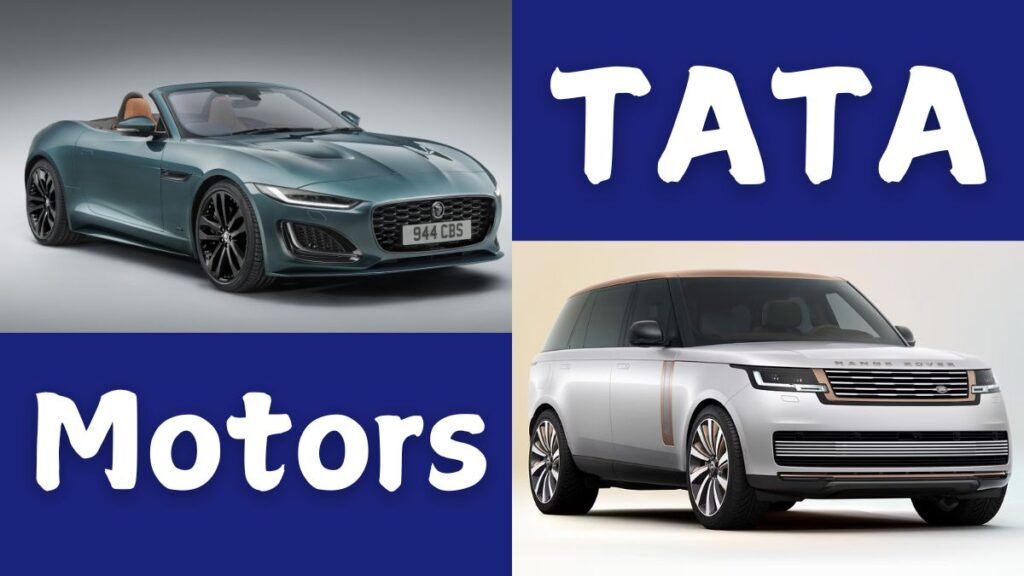Discover how Tata Motors transformed Jaguar and Land Rover into leading luxury brands after their acquisition in 2008. Explore their history, challenges, and innovative future.
Tata Motors, a prominent Indian automotive manufacturer and part of the Tata Group, has made significant strides in the global automotive sector. One of its most noteworthy achievements is the acquisition of two iconic British brands: Jaguar and Land Rover. This article delves into the history, impact, and current status of Tata Motors’ ownership of these luxury car brands, providing a comprehensive overview for enthusiasts and industry watchers alike.
The Acquisition of Jaguar and Land Rover
In 2008, Tata Motors acquired Jaguar and Land Rover from Ford Motor Company for approximately $2.3 billion. This acquisition marked a pivotal moment for Tata Motors, allowing it to enter the luxury automobile market with two well-established brands that have rich histories.

- Historical Context: Jaguar was founded in 1935, while Land Rover originated in 1948. Both brands have undergone various ownership changes over the decades, including periods under British Leyland and Ford.
- The Deal: The acquisition was completed on June 2, 2008. At the time, both brands were struggling financially under Ford’s ownership, which had failed to revitalize their appeal in a competitive market.
Ratan Tata’s Vision for JLR
Ratan Tata, then-chairman of Tata Group, played a crucial role in the acquisition and subsequent turnaround of Jaguar Land Rover (JLR). His vision was to restore these brands to their former glory by focusing on innovation, quality, and customer satisfaction.
- Immediate Challenges: Upon acquisition, JLR faced numerous challenges including outdated designs and quality issues. Ratan Tata’s hands-on approach involved engaging directly with dealers and customers to understand their needs better.
- Strategic Changes: Under Tata’s leadership, JLR shifted its focus towards luxury SUVs and modern designs. This strategy proved successful as it aligned with market trends favoring larger vehicles.
read more: Nissan Magnite Facelift Launched at ₹5.99 Lakhs in India
Financial Performance Post-Acquisition
Since the acquisition, JLR has seen a rollercoaster ride in terms of financial performance.
- Initial Success: In the years following the acquisition, JLR reported significant growth in sales and profitability. The introduction of models like the Range Rover Evoque contributed to this success.
- Challenges Ahead: Despite initial successes, JLR faced difficulties due to fluctuating demand in key markets like China. By mid-2019, Tata Motors had to write down its investment in JLR by $3.9 billion due to a sharp decline in sales.
Current Status of Jaguar Land Rover
Today, Jaguar Land Rover continues to operate as a wholly-owned subsidiary of Tata Motors. The company has made strides in electric vehicle (EV) technology as part of its commitment to sustainability.
- Electric Future: JLR has announced plans to transition towards electric vehicles by 2025, aiming to become a leader in sustainable luxury mobility.
- Global Presence: With manufacturing facilities in the UK, Slovakia, and China, JLR maintains a significant global footprint while continuing to innovate within the luxury automotive sector.
Impact on the Automotive Industry
Tata Motors’ ownership of JLR has had broader implications for the automotive industry:
- Cultural Exchange: The merger brought together Indian engineering expertise with British craftsmanship, fostering innovation across both brands.
- Market Dynamics: The acquisition has intensified competition in the luxury car segment, prompting other manufacturers to rethink their strategies regarding product offerings and market positioning.
Conclusion
Tata Motors’ ownership of Jaguar and Land Rover represents a remarkable journey from acquisition through revitalization to innovation. As both brands continue to evolve under Tata’s stewardship, they remain symbols of luxury and performance while adapting to modern demands for sustainability.
This article aims to provide an engaging narrative about Tata Motors’ ownership of Jaguar and Land Rover while ensuring that readers gain valuable insights into their significance within the automotive landscape.




Pingback: Top 10 Selling Hatchback Cars in India: September 2024 – AutoBuzz